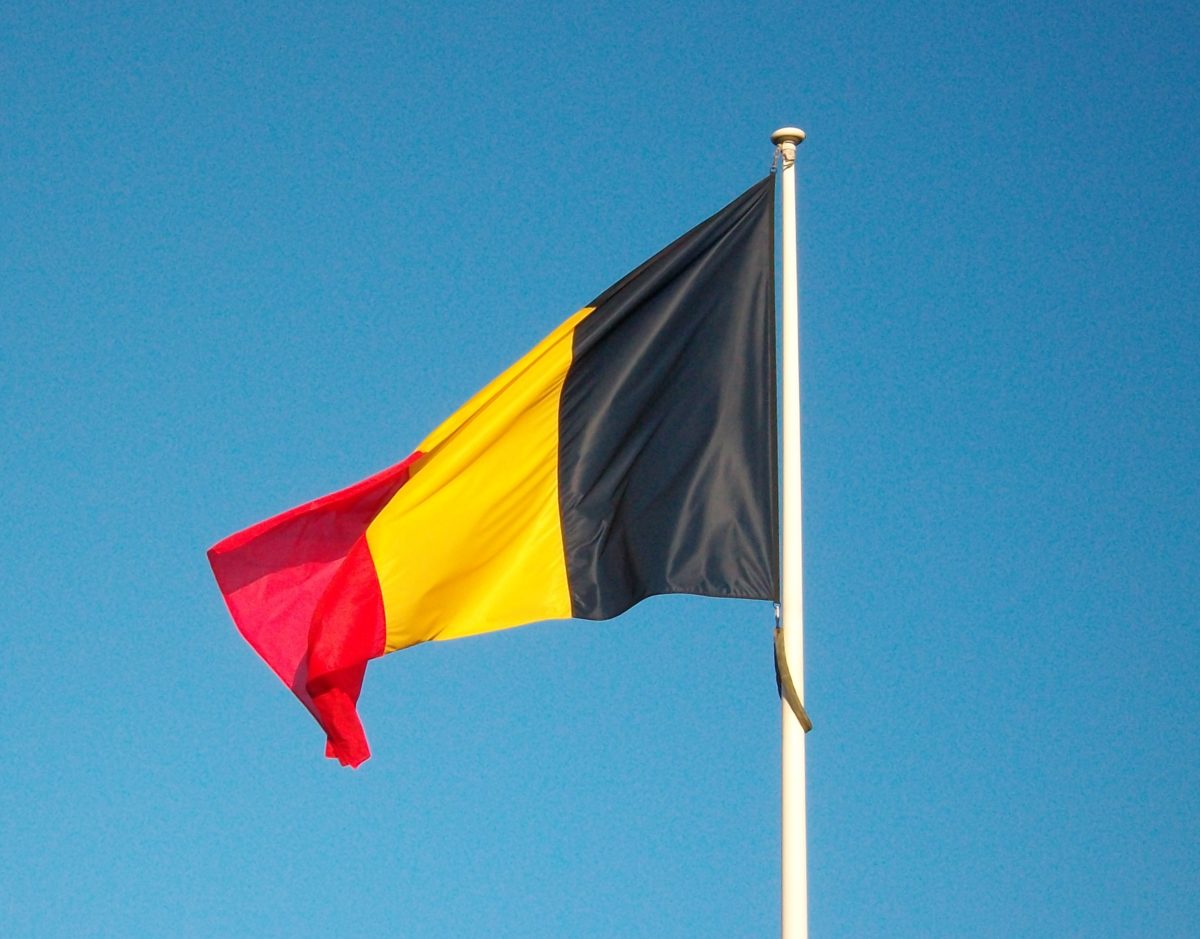The exclusion of big PV parks from incentive schemes in Flanders, Wallonia and Brussels means large-scale solar has barely made a dent in the Belgian market – most of the nation’s 3.8 GW of capacity is made up of residential and commercial rooftop systems.
However, that may change as Belgium is among the EU countries set to miss their 2020 climate change target, and more volumes of renewables are needed to move towards a cleaner energy system.
Belgium took a step in the right direction as Flemish energy minister Lydia Peeters announced the Flemish Energy Agency – the Vlaams Energieagentschap (VEA) – has set a banding factor of 0.279 for a 1.35 MW ground-mounted project under development in Flanders, meaning it will be entitled to a feed-in premium of €25.95 per MWh for 10 years. The banding factor, introduced by the Flemish government in 2013, is a system used to demarcate the support given different renewable energy technologies and to prevent clean energy being oversubsidized. “That is the variable factor with which the price of the green energy certificates may be multiplied to make a project profitable,” Peeters said.
The €25.95 feed-in premium will be paid on top of the spot market price for the energy generated. “That is about [50%] less than the tariff granted to solar projects with a capacity of up to 750 kW,” the minister said.
Final premium yet to be settled
The Zonnebark Vliegasstort Terhills, near the town of Dilsen-Stokkem, will power a holiday park owned by PV project developer, Terhills NV. “This project proves that it is also becoming easier and cheaper for companies to install renewable energy installations,” added Peeters. “Support from the Flemish government remains necessary for profitability but we avoid oversubsidization. Flanders needs more solar projects larger than 750 kW. This project shows that it can be realized with relatively low support.”
Bram Claeys, president of Flemish solar energy association PV-Vlaanderen, told pv magazine €27/MWh is an estimated value of the green certificates the project will receive for its energy production, paid on top of the energy value. “It is a sort of a feed in premium that is reviewed and adjusted annually for the real energy price over the previous year. If the energy price increases, the support decreases, and vice versa,” he said.
“The factors that influence the low support level for this new project in Dilsen-Stokkem are the fact that energy prices over the past year were quite high, and apparently a good part of the electricity generated by the project can be directly consumed by the vacation park, which is the off-taker of the solar power. This represents a higher value than electricity that needs to be fed to the grid.”
Claeys added, the project needs to obtain its environmental permit and final bids for the installation – only then will the support level be finalized, so it may end up higher or lower. “This was also the case with the Engie Kristalpark project, which ended up with a significantly lower final number than the provisional estimate,” he said.
Competitive solar
In December 2017, then-Flemish minister of energy Bart Tommelein announced the VEA had set a banding factor of 0.8 for the above-mentioned, 100 MW Kristalpark project under construction by French energy giant Engie, meaning it was provisionally entitled to a feed-in premium of €78/MWh. In August, project developer Limburgse investeringsmaatschappij said the project was cheaper than expected. “The Crystal Solar Park will require 34% less support than first calculated,” said Tommelein at the time.
The reduced feed-in premium for the Kristalpark project should be granted over a 15-year period. Initially, the buyer of the power generated will be zinc and lead manufacturer Nyrstar, with which a PPA was signed at the beginning of July.
“It’s great to see more projects of a larger scale come forward, as they contribute significantly to the necessary growth acceleration for solar energy in Flanders,” said PV-Vlaanderen’s Claeys. “The support level is quite low, which shows that under the right circumstances solar PV is getting ever more competitive. Clearly Flanders and Belgium can afford to be much more ambitious in their renewables targets for 2030.”
Belgium’s cumulative installed PV capacity may grow from around 3.8 GW to up to 18 GW in 2040, according to a report by Belgian high-voltage grid operator Elia.
This content is protected by copyright and may not be reused. If you want to cooperate with us and would like to reuse some of our content, please contact: editors@pv-magazine.com.




By submitting this form you agree to pv magazine using your data for the purposes of publishing your comment.
Your personal data will only be disclosed or otherwise transmitted to third parties for the purposes of spam filtering or if this is necessary for technical maintenance of the website. Any other transfer to third parties will not take place unless this is justified on the basis of applicable data protection regulations or if pv magazine is legally obliged to do so.
You may revoke this consent at any time with effect for the future, in which case your personal data will be deleted immediately. Otherwise, your data will be deleted if pv magazine has processed your request or the purpose of data storage is fulfilled.
Further information on data privacy can be found in our Data Protection Policy.